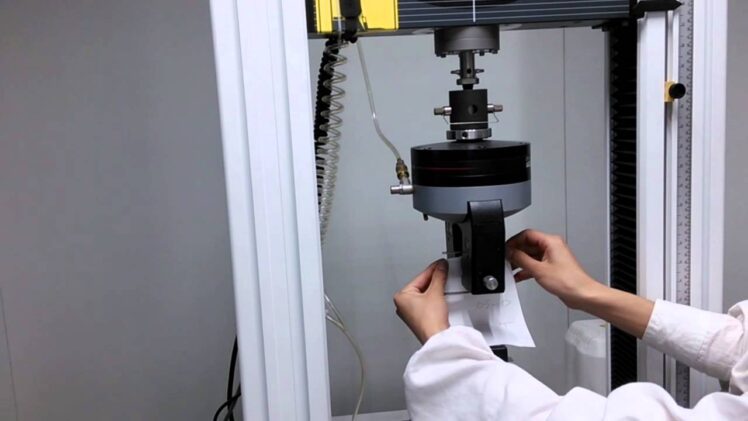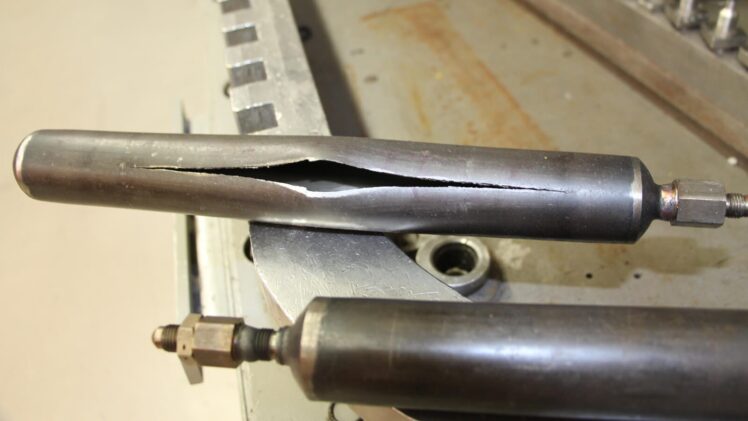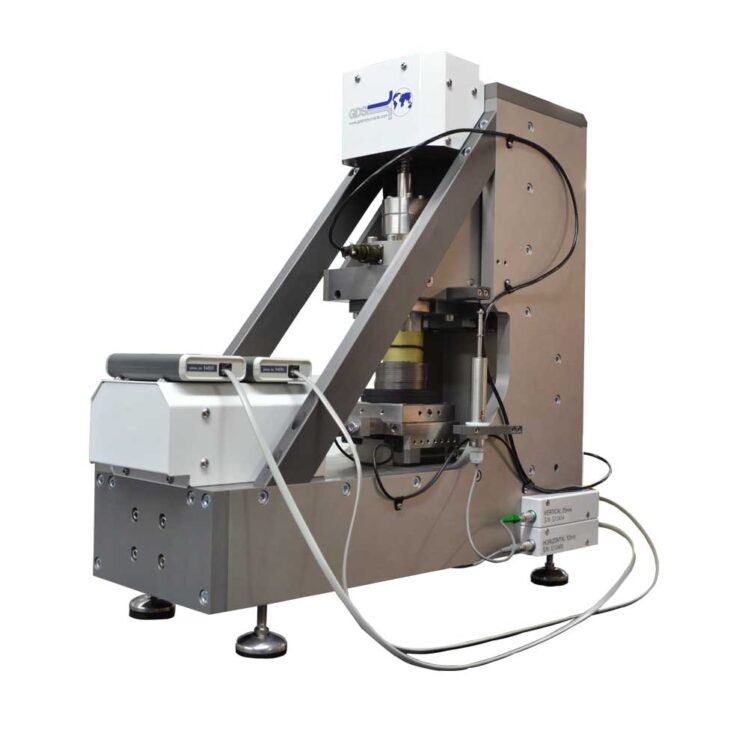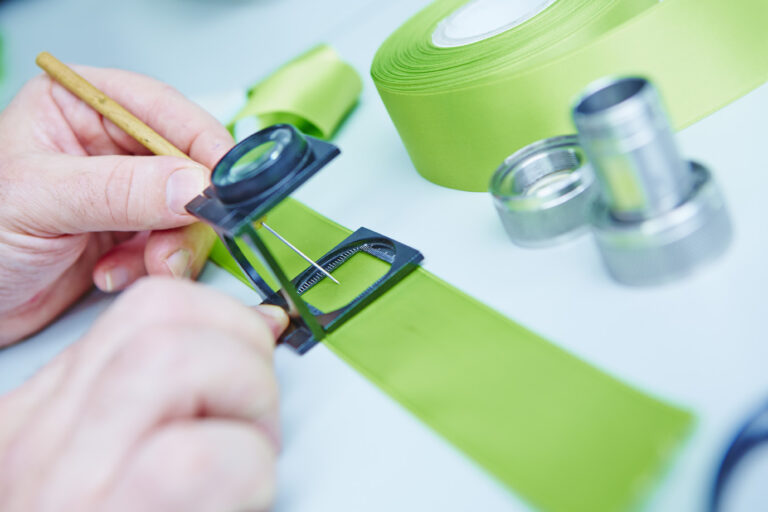Table of Contents
A wide range of textile materials is thoroughly tested to ensure they meet the quality requirements of the industry in question. It’s mostly done via fabric testing machines that are specifically designed to measure the strength of the material that’s being tested.
With that being said, there are a couple of different testing methods you should be aware of.
In this article, we’ll explore this methodology in more detail to help you understand these processes a bit more clearly.
So, without any further ado, let’s get right to the bottom of it.
1. Strip testing
Strip testing is one of the most common methods to check the given specimen’s ability to withstand tension. Using the universal testing machine, the fabric undergoes the application of a tensile force until it rips or ruptures. The maximum force is then recorded and compared to the industry standards for quality assurance.
The strip testing method involves gripping the full width of the material using the tensile jaws of the aforementioned machine. Besides the tensile force used to rupture the fabric, the elongation of the material is also carefully recorded. All of this provides important data about the fabric, which is why it’s so commonly used in many industries.
2. Grab testing

Grab tests are most commonly performed on woven and non-woven fabrics and are quite similar to strip tests. The only difference between them is that in a grab test the material is not gripped at its full width – only the center is clenched between the gripping jaws of the machine. This eliminates edge effects which can be quite misleading.
Again, the tensile force is applied to the fabric until it’s torn apart. All of this is then recorded providing valuable data about the material in question.
3. Tear strength tests
There are two separate tear strength testing methods: tongue tear and trapezoidal tear. They both require specific preparations in order to be accurate. As the names suggest, in tongue tear tests the fabric is cut to form two tongues at the end of the rectangle, while the trapezoidal tear testing requires the material to be cut into a trapezoid (that has a cut on one side).
Both of these methods fall into the tensile strength testing category. They’re used to test wool, cotton, acrylic, silk, nylon, knitted fabrics, and many more. You can learn the specific details about them online, don’t hesitate to do so if you’re interested.
4. Burst testing

Burst testing is used to measure the material’s ability to withstand sharp objects. As you can probably guess, the fabric is stretched and punctured via different puncture fixtures. This method is used for many different kinds of materials, as it measures their puncture resistance.
Of course, depending on the specific needs of the testing and the standards used to conduct it, the puncture fixtures we’ve mentioned come in different diameters.
As we’ve already mentioned before, all of these methods require the use of precision machinery that’s specifically designed for these types of tests. You can learn more about the machinery online, so don’t hesitate to seek out that information if you’re interested.
5. Adhesion Coating Testing
Adhesion coating testing is used specifically for materials that had an adhesive coating layer applied to them. Using this method, the bond between the fabric and the adhesive is tested. It’s one of the most common tests used for these types of fabrics as it ensures there are no issues with the adhesive part of the material.
We’re not going to go too much into detail for any of these tests, as they require a deep understanding of the terminology used in the industry that can be quite confusing for amateurs. However, if you’re interested in the specifics, you can find many useful guides and tutorials online. Don’t hesitate to check them out while you’re at it.
6. Shear testing

Shear testing is most commonly used with textiles that have a plethora of complex deformations that need to be handled and tested accordingly. One of such materials is woven fabrics, for example.
The machinery used to perform these kinds of tests needs to be extremely precise. There are also different standards and methodologies used for the shear testing of different types of textile materials. It’s certainly one of the most important tests for measuring textile strength to date.
We advise you to read more about all of these methodologies, especially if you’re unsure whether they apply to certain materials you’re interested in. You can find a wide range of useful information online, including video guides and real-life examples of the methodology in question. It’s the best way to truly understand the techniques behind these tests.
No matter which method is used, quality equipment is of the utmost importance
None of these tests would be possible without proper machinery. We’ve already noted the importance of tensile strength testers throughout this article, but we have to mention them again. If you’re planning on conducting strength tests on your textiles, make sure you invest in a quality testing machine. They’re not all built the same – some are more precise than others, which is something that you must consider carefully.
Overall, the quality of your testing equipment needs to be superb if you’d like to get accurate results that reflect the characteristics of the textile you’re testing. Make sure you’ve done your research prior to buying one of these machines – they can be quite pricey, as they’re mostly used in industrial settings.
The bottom line
All in all, there are many different fabric strength testing methods you can use to examine your materials. We’ve mentioned a couple of the most commonly used ones (such as grab testing, shear testing, and strip testing) to help you get a clearer picture of the methodology behind these tests. We’ve also explained the importance of using high-quality testers, as we believe it’s nearly as important as the methodology itself.
We hope you found our article to be useful and we wish you the best of luck in all of your future endeavors.

